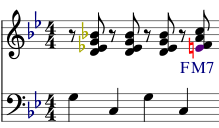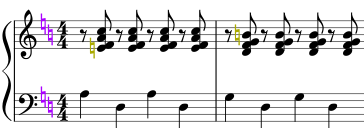Rhymes with Music
Member
Many of us (outside of Brasil, I suppose) were probably first exposed to the Edu Lobo song "Arrastao" in the form of the English-language rendition that appeared on the 2nd Brasil '66 album, Equinox (1967).
Follow along with the video below to see how to install our site as a web app on your home screen.
Note: This feature may not be available in some browsers.








